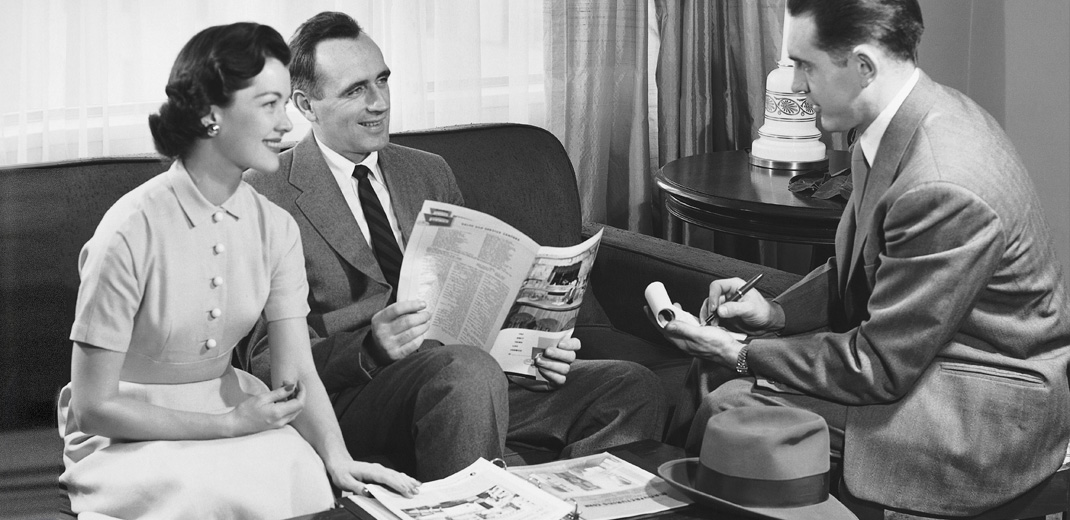You know that moment when you’re sitting in the restaurant and you hear the sizzle of a far off Fajita plate coming your way? As it gets closer you begin to salivate and you feel an overwhelming joy as you anticipate your first bite? This sound, the sizzle, triggers a deep emotional connection. The same experience happens in marketing all the time, it’s called Sonic Branding and you should think about it when creating content.
Why sound matters
Fact: Humans are hardwired to feel emotion when we hear music, and we even release dopamine to make us feel wonderful (well, maybe not when it’s Britney Spears). The sense of hearing is one of the most powerful ways to elicit emotion and tell a story—in as little as two seconds—but when it comes to branding, it’s often overshadowed by visuals and words. Whether it’s music playing, birds chirping, or even the crunch of a potato chip, sounds are as much a part of the brand experience as anything else, even though we barely notice it. In fact, consumers are almost 25% more likely to buy a product with music they recalled, liked, and understood. Sound good?
The new frontier: sonic branding
Sonic branding, in simpler terms is “strategically using sound and music to trigger emotional responses to help consumers identify with brands and build loyalty.” Joel Beckerman, the biggest name in sonic branding and the brains behind AT&T and other iconic jingles, thinks sound is the most underutilized tool in the marketer’s toolkit. His life work is to help brands focus on that magical moment in branding—what he calls the “sonic boom”—when music and sound connect and emotionally change the person for a “boom moment.”
Beckerman makes this case in his recent book “Sonic Boom,” but also points out that sound is often experienced subconsciously and we are unaware of how it affects our behavior. That’s also why sometimes we want to leave a store or stay longer, depending on our emotional reaction (though we might not be cognizant of why we feel that way).
Strategic use of sound and music in branding can amplify—literally and figuratively—consumer response to it. He points to the Chili’s TV commercial that starts with the sizzle and ends with the fajita at the table—you hear it first, then see it, smell it, touch it—seizing the emotional effects of every possible sense. This example creates and emotional connection to sound that’s so powerful we borrowed it to open this very blog article. Beckerman also praises Disney, which uses bird songs and forest noises to create a “fake quiet” while customers move through lines as an excellent use of sonic branding.
And then there are the epic failures, or what Beckerman calls “sonic trash.” Marketing that falls into this category is brought to us by companies that don’t have a sonic strategy and slap on music as an afterthought. They instead focus on the visuals and text, not understanding how sonic branding is an essential element of the message. In most cases of sonic branding failure there is a disconnect between the visuals and the music.
Lest we forget the sound of silence, which is often likened to visual white space. This can also create a powerful sonic branding moment that marketers can use to communicate volumes of information at the right time and place. You’ll know when you “hear” it.
“Sound is really the emotional engine for any story,” Beckerman says. “Businesses should take it as seriously as they do any of the visual elements of design and advertising.” To learn more about sonic branding, check out the Sonic Boom Interactive Experience.
All of this is to say that we, as content marketers need to remember that our senses can play a valuable role in the success of our content; the written word can be enhanced by our nose and ears, even if only in memory of past experiences (like yummy fajitas).









